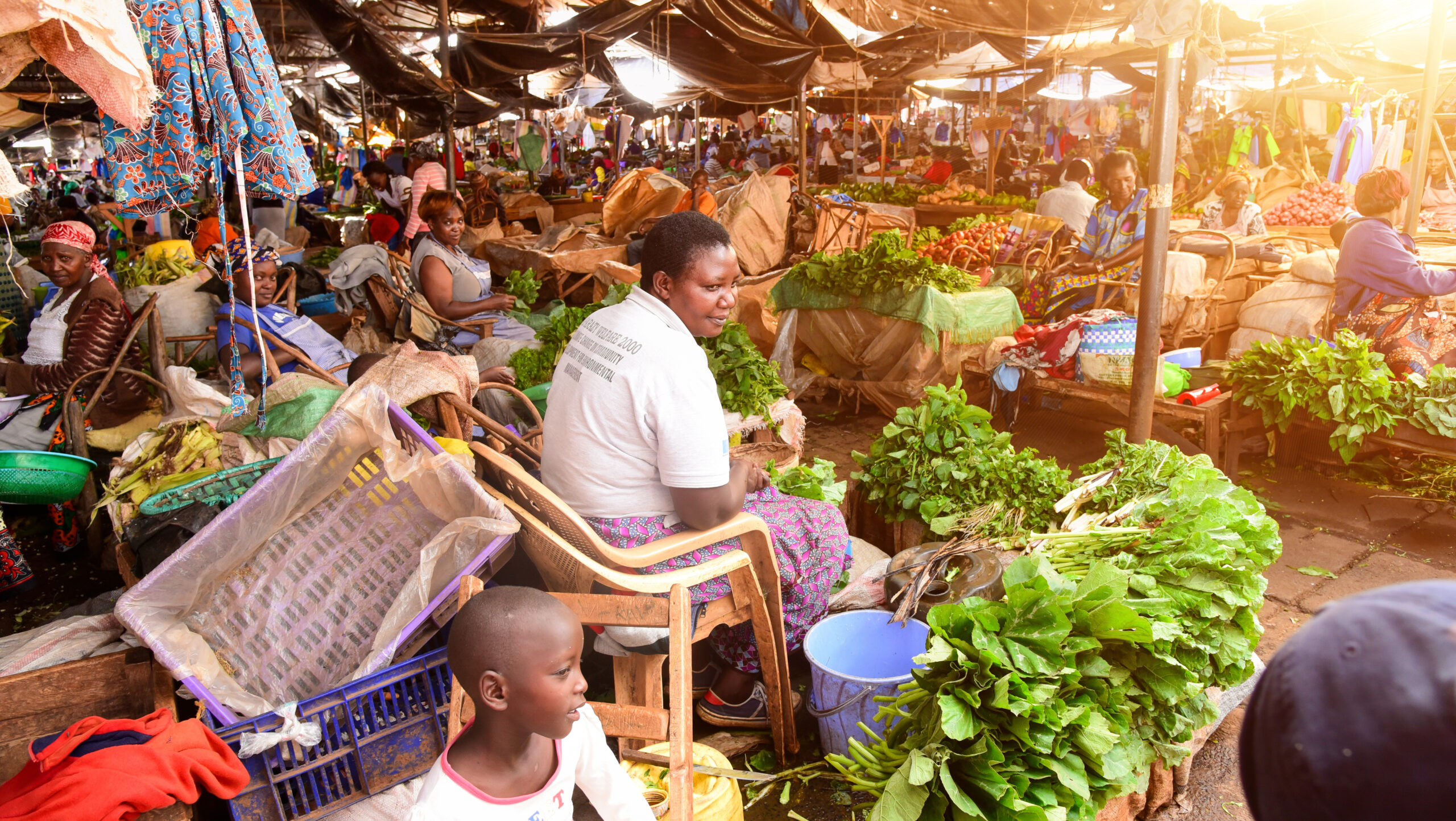The following post by IFPRI Director General Shenggen Fan was originally published in the Huffington Post.
While the major earthquakes in Nepal appear to have ended, the need to prepare for future disasters has not. The April 25th quake killed thousands, while leaving millions homeless, and has put roughly 3.5 million people in need of food assistance. Two weeks later, the 7.3 magnitude quake led to the loss of more lives and left even more without food, water and shelter.
This is a tragic turn of events, particularly because hunger and undernutrition, though highly prevalent in Nepal before the quake, had been in steep decline. From 2001 to 2011, Nepal recorded the fastest reduction in child stunting (low height for age) in the world. The country made great strides in promoting asset building, nutrition and health interventions, maternal educational gains and improvements in access to adequate sanitation.
Now, with the quakes disrupting the wheat harvest and maize planting season, and with assets, infrastructure and markets destroyed, the challenge ahead is to provide immediate relief while staying the course for long-term improvements. Planning ahead for a resilient future is absolutely necessary, as disasters are becoming more frequent and intense due to climate change. Emerging trends — including rapid population growth and urbanization in developing countries — stand to exacerbate the toll of such disasters.
Last year, the International Food Policy Research Institute (IFPRI) organized an international conference on Building Resilience for Food and Nutrition Security and published Resilience for Food and Nutrition Security. One of IFPRI’s goals is to learn how to help countries build resilient agricultural and food systems, health, and social systems, as well as stronger governance structures.
What have we learned so far? First, we identified what resilience looks like: It is the capacity for countries, communities, households and individuals to not only bounce back from shocks, but also to get ahead of them. A crucial element of resilience is the capacity for markets, trade and institutions to get nutritious foods from producers to consumers, and for food production systems to adapt to challenges, such as natural disasters. In the case of Nepal, it means putting in place effective early warning and early action systems that can help predict, prevent, and mitigate shocks to the food system at multiple levels.
Nepal has low capacity to develop a resilient food and agriculture system: For example, the country spends less than one half of one percent of agricultural GDP on agricultural research that would help strengthen the resilience of small farmers and educate them on how to effectively contribute to the country’s food system. Nepal can learn from others’ experiences by investing more in agricultural R&D that is tailored to the country’s climate and topography and also in effective agricultural extension services to help increase farmers’ uptake of technologies and strategies that build resilience to multiple shocks.
A resilient food system also requires investments in infrastructure, particularly in rural areas. For example, increasing and updating irrigation infrastructure for small farmers would allow them to consistently produce more nutritious foods and boost their incomes, which in itself would improve their resilience. Further, access to water, sanitation, and hygiene (WASH) infrastructure as well as health services was limited before the earthquakes. Now, such infrastructure is badly needed, as millions are in urgent need of clean water, and hospitals are severely overcrowded. To strengthen the link between nutrition and resilience, more investments are needed in WASH infrastructure.
Nepal should explore a national emergency grain reserve that can calm markets and help prevent disaster events from escalating into food crises. Well-managed grain reserves like the Ethiopian Food Security Reserve Administration have staved off several food crises in the recent past. Further, where certain areas are particularly fragile, helping extremely vulnerable people move out through government assisted programs, such as productive social safety net programs, should also be considered.
The recommended actions may not be headline-grabbers, but they will lay a strong foundation for a resilient food system that can provide adequate, nutritious food for all — even those in the far reaches of the Himalayas — and at all times, including times of crises. The Nepalese people have already shown a tremendous amount of resilience, and the government is committed to tackle hunger and undernutrition. The international community should continue to support them not solely in relief, but also in building a resilient food system.







